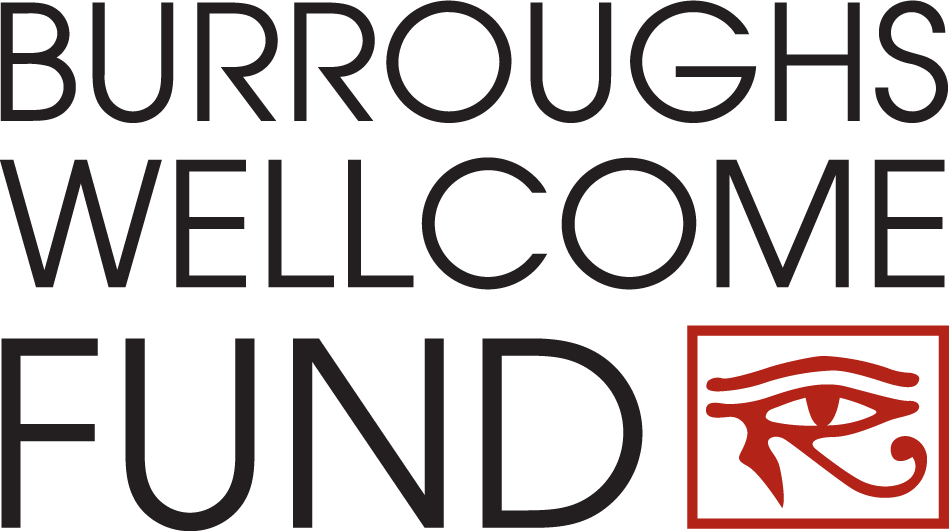In 2017, Lil Milagro Henriquez was working at a social justice-based school in Oakland, California, when the state was hit by some of the largest and most destructive wildfires in its history. She noticed many students were getting nosebleeds and headaches from the smoke, so she asked them how their teachers were discussing the issue.
“They said that nobody was talking to them about it,” Henriquez recalled. “I thought that was so wild, that our educational system was not directly preparing young people for the world that they will inhabit.”
The world is warming, fueling more frequent and severe storms, heat waves, floods, and droughts. Climate change is creating anxiety for many people, particularly youth who reportedly feel like they have no future or that humanity is doomed. Henriquez started the Mycelium Youth Network to bridge the gap between the onslaught of climate-related disasters and the ability of young people to respond.
The pioneering nonprofit blends Indigenous practices with STEAM programming to provide climate resilience training to low-income youth of color, who are particularly vulnerable to the effects of environmental racism.
With a Climate Change and Human Health seed grant from the Burroughs Wellcome Fund, Henriquez and her team are examining the impact of their educational efforts on the social and emotional well-being of high school-aged youth. “Our goal is to go beyond current research that is only now starting to track youth’s eco-anxiety by measuring and studying what happens when we provide youth with tools to address their fears,” said Henriquez.
Climate anxiety
Young people around the world are experiencing high levels of climate anxiety, according to a landmark 2021 survey of thousands of children and young adults. More than half of youth say that climate change makes them feel sad, anxious, angry, powerless, and helpless. Many feel that their governments have let them down and report being dismissed when trying to talk about the issue.
The Mycelium Youth Network has tried to help youth overcome this trauma and anxiety by showing them viable pathways forward, through programs such as the Climate Resilient Schools Initiative and the Youth Leadership Council.
“It’s not enough to just teach the science behind climate change,” said Henriquez. “We need to ask how we are preparing students for climate chaos. How are we building into the curriculum things they can be doing, in their homes and in their communities and in their schools, to adapt to this changing world?”
That could mean showing students how to interpret the air quality index, so they know how polluted the air is outside. It could mean helping them figure out how to build a DIY air purifier, a water catchment system, or solar panels at their school site. Or it could mean teaching them about sea level rise and what native plants are better at absorbing water.
“Each of these exercises give students the opportunity to think about how they can turn their school into a climate resilient hub. So in case of wildfires, they can create a clean air zone; in case of heat waves, they can make a heat safety zone,” said Henriquez. “Thinking about the things they can do directly makes them feel empowered, like they actually have some handle on what is happening.”
Measuring impact
The Mycelium Youth Network operates at two high schools in the Bay area, Mission High School in San Francisco and Metwest High School in Oakland. The organization works with youth at both these sites to explore several areas of climate resilience — electricity, food, water, and air — each of which relates to a different aspect of their programming. With BWF funding, Henriquez and her team began asking the students about their experience, taking baseline readings of how they felt before engaging in the Mycelium program and following up later in the process.
The students reported a lot of climate anxiety at the start. Over time, they shared that the program positively impacted their lives, as they felt supported in thinking through solutions for their schools and their communities. However, some students started to critique Mycelium’s tactics, saying they were not satisfied with making a difference only on a local level.
“That was the biggest piece that we were missing,” said Henriquez. “How do we start developing something larger, keeping solutions very localized but also making it possible for young people to foster collaborations across different cities and in different parts of Northern California?”
The findings confirmed what the team had already seen over and over again in their interactions with students: young people want to have a voice. The researchers started to rethink how they were measuring the success of the program. They are now exploring a more intergenerational approach to evaluation and assessment, asking the students themselves what data they want to be collected around mental health.
The youth voice
“We’re taking steps to further empower youth by engaging them in the research process and enabling them to be designers of our evaluation tools,” said Maya Salsedo, who serves as Mycelium’s curriculum and evaluation manager. “We want to ensure that we’re doing things in ways that don’t reproduce traditional power dynamics, in terms of educators and adults being knowledgeable power holders and young people being empty vessels.”
Salsedo started doing this work more than 16 years ago, when as a teenager she accepted an internship at a youth empowerment and food justice organization in Santa Cruz County. Since then, she has created a Youth Food Bill of Rights and provided organizational leadership for other environmental justice nonprofits.
“Adults cannot presume to predict or anticipate the range of eco-anxiety, and of hope, that students possess,” said Salsedo. “There’s a risk that we could design a survey or study that doesn’t actually measure what young people are experiencing, because we have differences in perspective or differences in language.”
Mycelium’s new approach will involve training and mobilizing “data warriors,” students who will survey their peers and make meaning of the data, assessing how much hope and fear remains after engaging with the organization’s programming. The team has applied for a larger grant to fund this stage of the project, which Salsedo says will likely take time and several iterations to get right.
“I hope that when young people are exposed to this approach, they see there’s so much more to knowledge production,” said Salsedo. “For young people to be able to understand how to ask particular questions and feel empowered to do so, and to explore their world, is key to being able to transform it. Ultimately, it will raise bigger questions about why the world is the way it is, who is empowered to make decisions, and whose voice matters.”


Comments are closed.